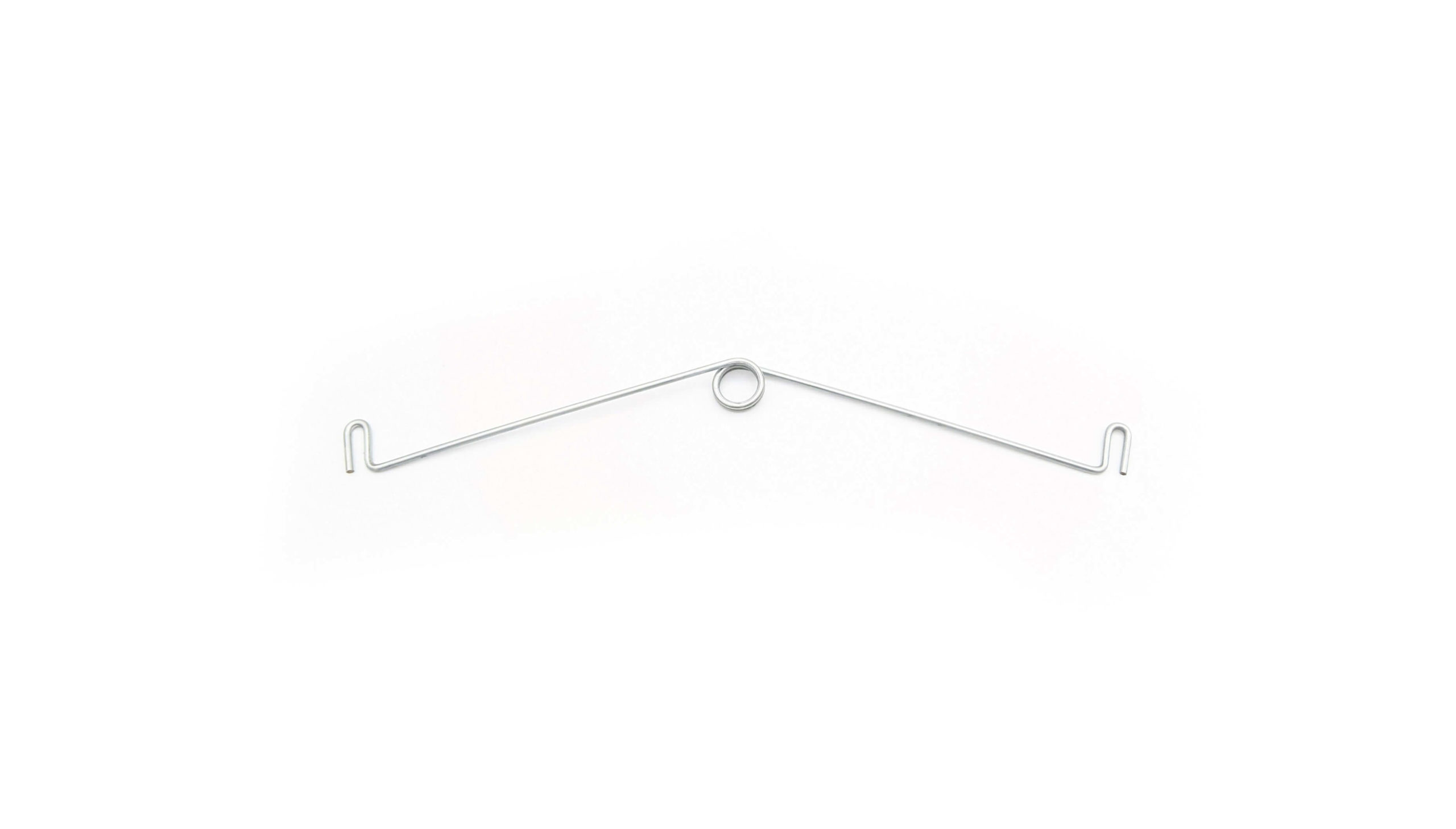Get unique, complex parts easily. No matter your requirements, Chaoyi Spring creates hard-to-produce coil springs and wire forms.
Let us help you create the custom wire form you need, from S-hooks and J-hooks to utility hooks and more.
We work closely with customers across a wide range of industries, helping them design and manufacture made-to-order parts.
Why choose Chaoyi Spring? We prioritize customer-focused collaboration, modern equipment and the latest technology to make your parts per print.
Find the information and guidance you need, from measuring a spring to learning about materials, placing an order and much more.
Torsion bar springs, a fascinating type of spring that utilizes the twisting or torsional stress of a solid bar to store and release energy, are often found in various applications,


Torsion bar springs, a fascinating type of spring that utilizes the twisting or torsional stress of a solid bar to store and release energy, are often found in various applications, ranging from automotive suspension systems to delicate instruments. Unlike traditional coil springs, torsion bar springs work on a different principle, providing unique characteristics that make them a preferred choice in certain situations. This article aims to delve into the mechanics of torsion bar springs, exploring their advantages and disadvantages, and highlighting their diverse applications across various industries.

At their core, torsion bar springs are essentially solid, cylindrical bars of metal, often made from hardened steel, that are fixed at one end and allowed to twist at the other. This twisting motion, known as torsion, is what stores and releases the spring's potential energy. When a force is applied to the free end of the bar, it twists, and the amount of twist directly corresponds to the applied force. This creates a restoring force that resists further twisting and seeks to return the bar to its original position.
This unique design offers several advantages compared to conventional coil springs. One notable advantage is that torsion bar springs are incredibly robust and can withstand significant loads. Their solid construction makes them less prone to fatigue and damage, which can be a major concern in high-stress applications. Additionally, they offer a higher stiffness-to-weight ratio, meaning they can provide the same spring force with a lighter design, an important factor for minimizing weight in automobiles and other applications.
Torsion bar springs are found in various industries, taking on different roles in numerous applications. Here's a glimpse into some of their prominent uses:
Perhaps the most recognizable application of torsion bar springs lies in the automotive industry. They are frequently used in suspension systems, particularly in the front suspension of trucks, SUVs, and older passenger cars. In this application, the torsion bar acts as a spring, supporting the vehicle's weight and absorbing shock from bumps and uneven road surfaces. The twisting motion of the torsion bar controls the suspension's up-and-down movement, contributing to ride comfort and handling.
Torsion bar suspension systems are known for their durability and relatively simple design, making them cost-effective and reliable. They are also well-suited for off-road vehicles, as their robust construction can handle the rough terrain and heavy loads encountered in such conditions.
Beyond automobiles, torsion bar springs find their way into various industrial applications. They are often used in heavy machinery, where they provide reliable and durable spring force to perform tasks like clamping, lifting, and opening and closing mechanisms. Their ability to handle heavy loads makes them ideal for use in manufacturing, construction, and other industrial settings.
Surprisingly, torsion bar springs also play a role in smaller, more delicate applications. They are used in measuring devices, like pressure gauges and torque wrenches, where their accuracy and precision are crucial. They also find their way into delicate instruments, such as clocks, where their consistency and ability to generate precise movements make them an excellent choice.
Like any engineering design, torsion bar springs have both advantages and disadvantages, depending on the specific application. Here's a breakdown of their key strengths and weaknesses.
Torsion bar springs offer a unique solution for a variety of engineering challenges. Their ability to store and release energy through twisting motion, coupled with their robust construction, makes them a valuable tool in various industries. From automotive suspension systems to delicate instruments, torsion bar springs continue to demonstrate their adaptability and effectiveness, proving themselves as a reliable and often-preferred choice for many applications.
While not a universal solution, torsion bar springs provide a valuable alternative to traditional coil springs, particularly in applications demanding high strength, durability, and compactness. Understanding their advantages and disadvantages can help engineers choose the optimal spring design for any given application.
Browse some of the custom wire forms and springs that we manufacture. Don’t see what you need? We specialize in made-to-order products that meet your application requirements.
Visit Our GalleryNeed a custom wire form or coil spring? We make it work. Fill out the contact form and a representative will respond within 1 business day. If you have a PDF or CAD file, you can submit to request a quote.